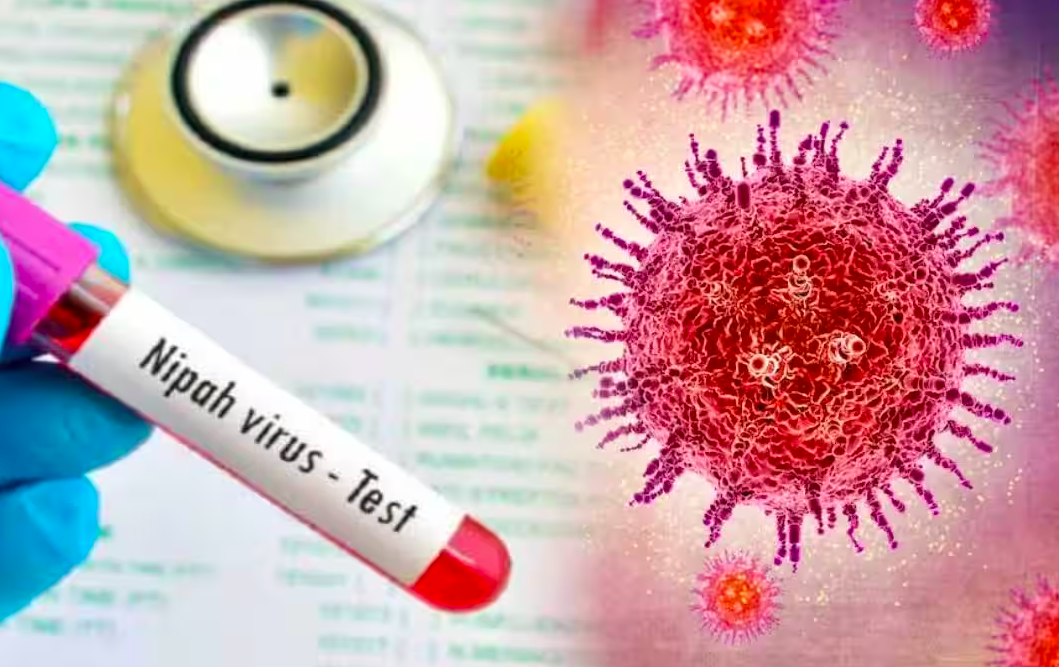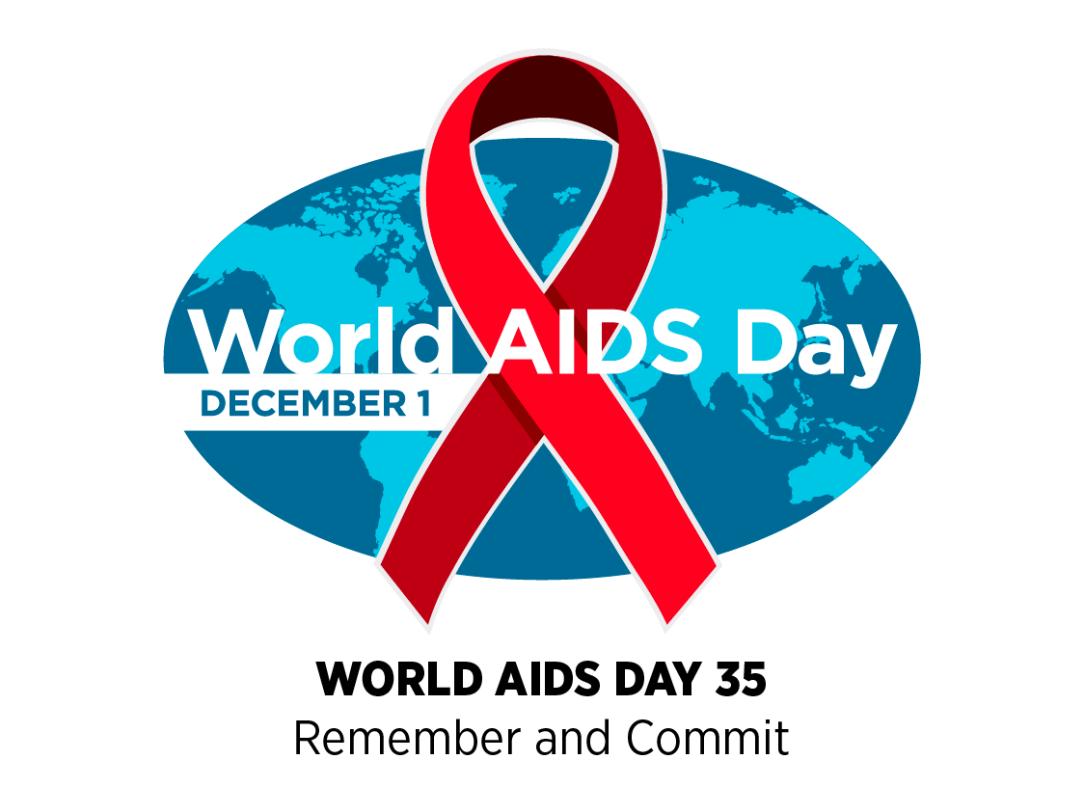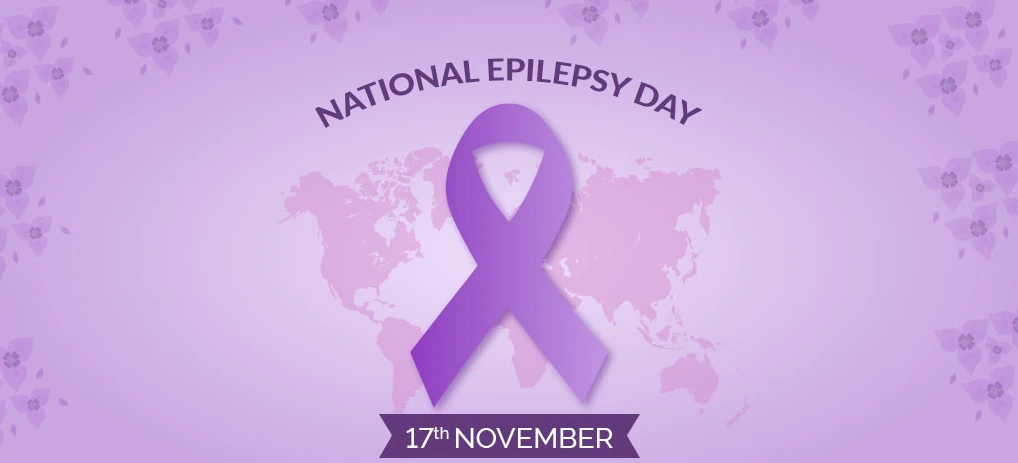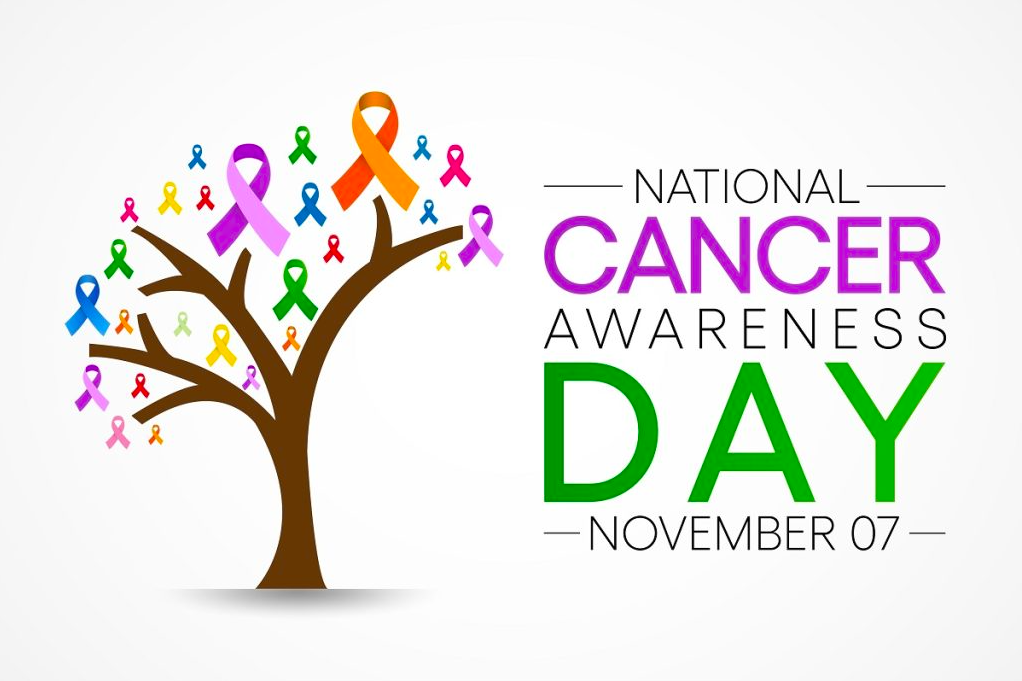You may have recently read or heard news reports about the Nipah virus outbreak in Kerala. Many people may be wondering if it will spread nationwide like Covid.
But First of all, What is Nipah Virus?
Nipah virus is a type of RNA virus belonging to the genus Henipavirus. It typically spreads among fruit bats of the genus Pteropus. Spread can occur between people or from other animals to people. But it usually requires direct contact with an infected source. To confirm the diagnosis, medical practitioner do laboratory testing, on the basis of patient’s symptoms.
The Nipah virus is the source of the viral infection known as Nipah virus infection. From none to fever, cough, headache, shortness of breath, and confusion, infection symptoms can range widely. In a day or two, this could turn into a coma, and 50 to 75 percent of those who contract it pass away. Following recovery, complications can include seizures and brain inflammation.
Signs and symptoms
Acute respiratory infections in humans can range in severity from asymptomatic to fatal, including encephalitis.
The initial symptoms that an infected person experiences include:
- fever
- headaches
- myalgia (muscle pain)
- vomiting
- sore throat
- dizziness
- sleepiness
- disorientation
- mental confusion
- neurological symptoms indicative of acute encephalitis
Atypical pneumonia and serious respiratory issues, such as acute respiratory distress, can also occur in some people. Severe cases include encephalitis and seizures, which progress to coma within 24 to 48 hours.
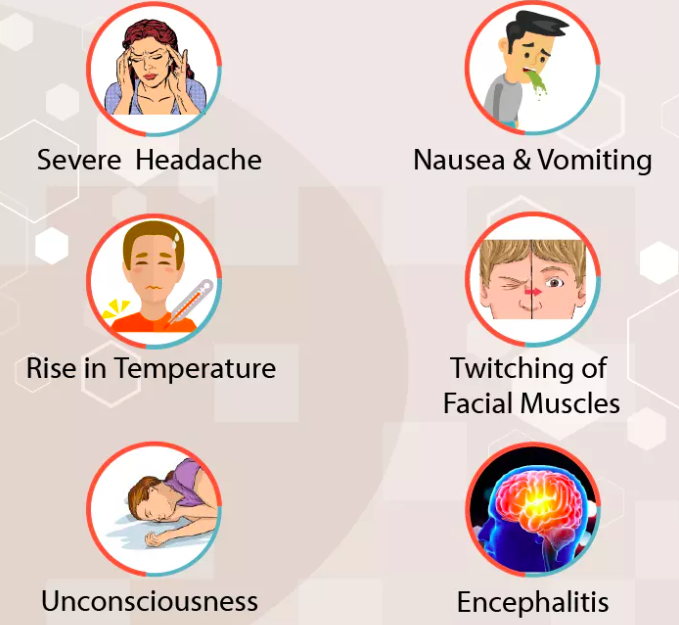
Transmission of Nipah Virus
The first case of the Nipah virus in human outbreaks has always been zoonotic. It is contracted through contact with infected bat or pig tissues or secretions. Close contact with Nipah virus-infected people or exposure to body fluids from NiV-infected people can cause subsequent human-to-human transmission of the virus.
The majority of human infections during the first known outbreak in Malaysia and Singapore, happened as a direct result of coming into contact with sick pigs or their contaminated tissues. Unprotected contact with the tissue of a sick animal or exposure to the pigs’ secretions are the two most likely routes of transmission.
Diagnosis of Nipah Virus
Since the initial Nipah virus symptoms are nonspecific, the diagnosis is frequently missed at the time of presentation. This can make it difficult to make an accurate diagnosis and presents problems with outbreak detection, timely and efficient infection control measures, and activities related to outbreak response.
During the acute and convalescent phases of the illness, nipah virus infection can be identified through clinical history. Real-time polymerase chain reaction (RT-PCR) using bodily fluids and enzyme-linked immunosorbent assay (ELISA) for antibody detection are the two main tests.
Prevention of Infection
The best defence is prevention through sanitary practises. According to the World Health Organisation, residents must follow the listed precautions if an outbreak of the Nipah virus occurs on any territory of a country.
- Avoid sick bats and sick pigs as there is a high chance that one will become infected.
- It is imperative to frequently wash hands with soap and water during this virus outbreak; sanitizer may also be used.
- Don’t even try to touch any food or drink that a bat, pig, or infected person has touched.
- Maintain a safe social distance from sick people and avoid sitting or sleeping near them.
- Contact with an infected person’s or animal’s blood and bodily fluids must be avoided.

Treatment
Though WHO has designated Nipah as a priority disease for the WHO Research and Development Blueprint, there are currently no medications or vaccines that are specifically designed to treat Nipah virus infection.For the treatment of severe respiratory and neurologic complications, intensive supportive care is advised.
Prognosis
Infection with the Nipah virus results in death in 40–70% of cases, though some outbreaks have had a 100% case fatality rate.
Memory loss, impaired cognition, seizures, convulsions, and personality changes are among the crippling long-term neurological sequelae that frequently plague those who survive the initial infection.
In addition, it is known that the Nipah virus can survive, lay dormant in survivors, and then reawaken many months or years after the initial infection.Latent Nipah virus reactivation has been reported to cause fatalities.
Outbreaks of Nipah Virus
It has been reported that the Nipah virus has spread to Malaysia, Singapore, Bangladesh, and India. The region is referred to as the Nipah Belt. In Bangladesh, where outbreaks are frequently seen in the winter, the Nipah virus infection was found to have the highest mortality rate.
In Kerala’s Kozhikode district as of September 14, 2023, five cases—including two fatalities—had been documented. Over 700 people have been linked to the two deaths by the government, and of those, two family members and a medical professional have shown signs of the virus.
What WHO says about Nipah Virus?

With technical advice on how to control Nipah virus outbreaks and how to stop them from happening, WHO is assisting affected and at-risk countries.
By thoroughly washing and peeling fruits before consumption, the risk of international transmission from fruits or fruit products (such as raw date palm juice) contaminated with urine or saliva from infected fruit bats can be reduced. Fruit with bite marks from bats should be thrown away.
Read more:
Dengue Recovery Made Easy: A Guide To A Nutritious Diet
How to treat Bird Flu? Its Causes, Symptoms and Prevention
लाइम रोग: इसके लक्षण, कारण और रोकथाम | Lyme Disease in Hindi

